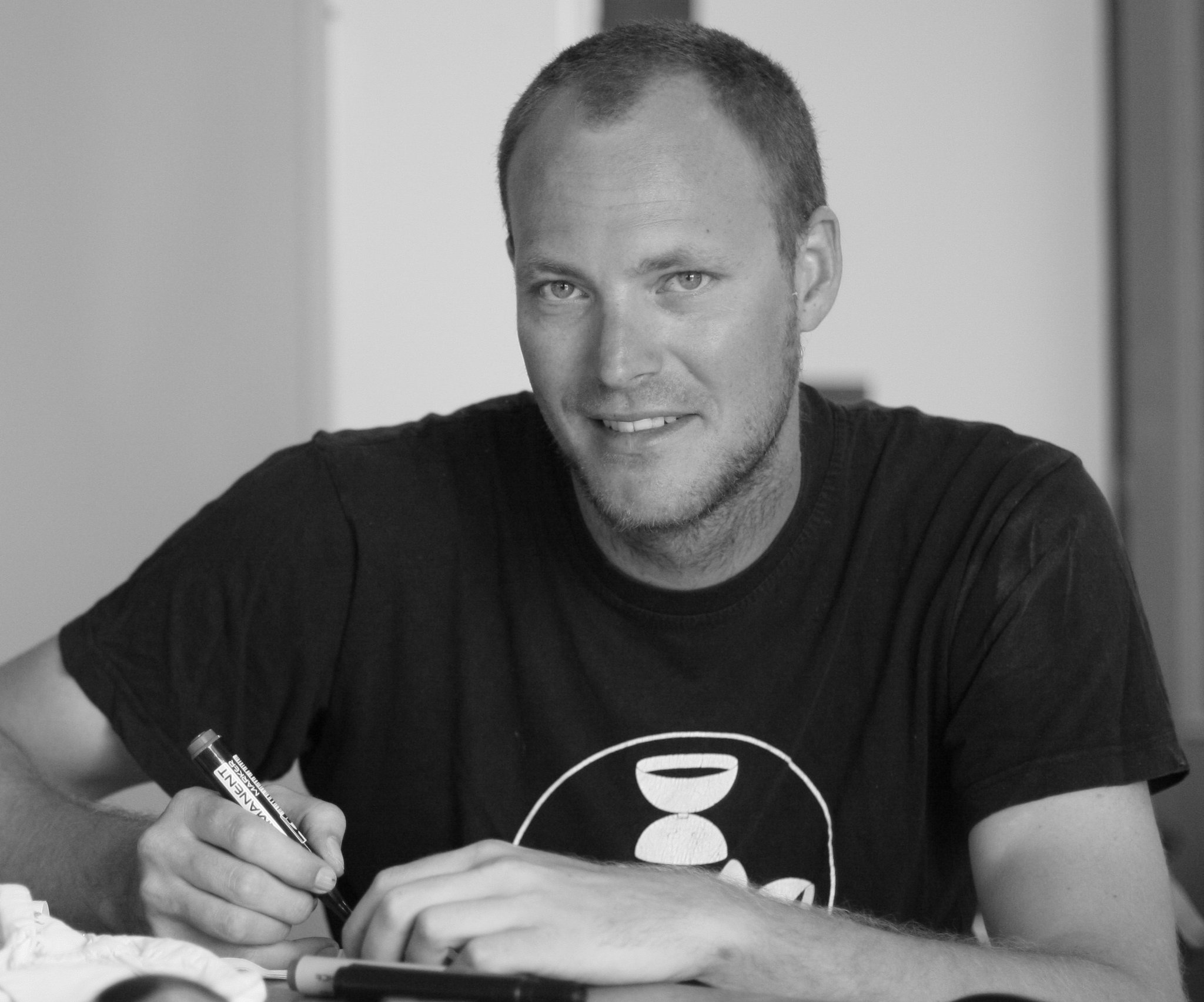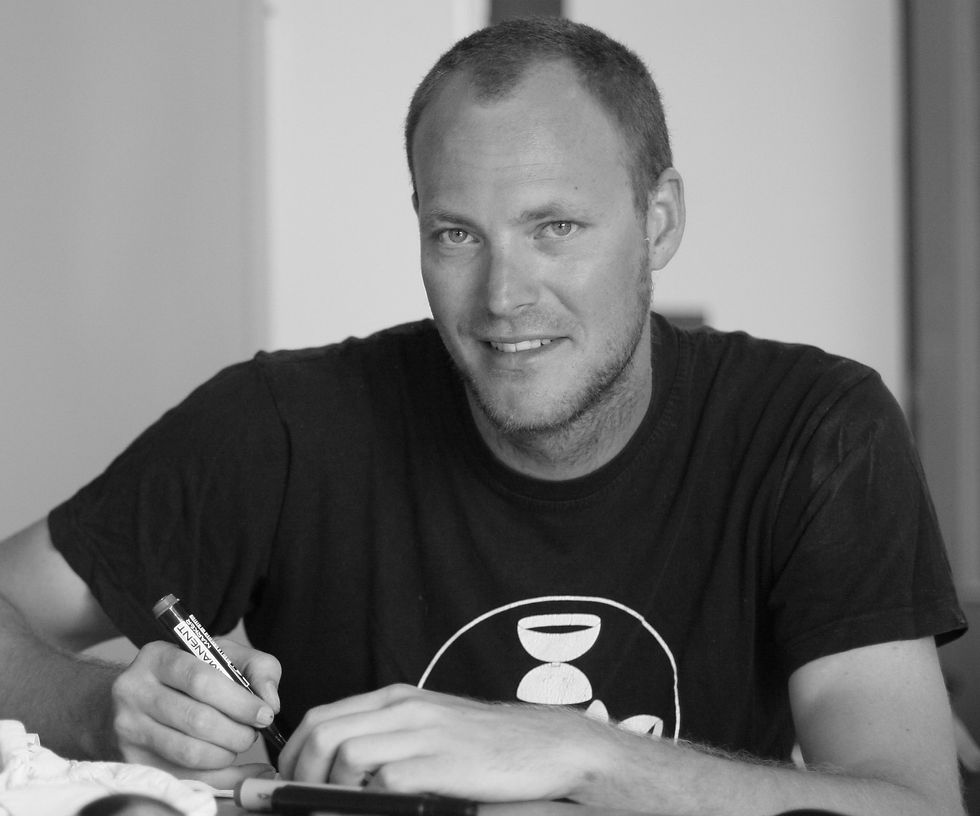Diabolo Anthology
- Priam Pierret

- 3 févr. 2022
- 7 min de lecture

The text below, titled “Diabolo Anthology”, was commissioned by the National Library of France (BNF) and the National Center of Circus Arts in Châlons-en-Champagne (CNAC) for the documentary project “Encyclopédie des Arts of the Circus". You can find this text, in a shorter version, on the official CNAC site.
Priam PIERRET
Unclear Origin
The diabolo, as a traditional variety art in China, has been present in the performing arts (“Chinese circus”) for several centuries. The numbers are most often performed by a group of young girls. The recreational object of the diabolo actually comes from China, between the 1st and 11th centuries, where its name "kouen-gen" means "device to sooth the mind", but there are at least four different names depending on the times and Chinese regions.
However, it is difficult to ignore the similarity with the "rhombos", an object of witchcraft from ancient Greece and Italy (6th century BC) which is manipulated with a string possibly attached to sticks.

It was from Beijing, just after the Revolution, that the first "kouen-gen" was brought back to Europe by the English diplomat Lord Macartney. At the beginning of the 19th century, this outdoor game crosses the English Channel, prized by the bourgeoisie. It takes the name of "devil" in reference to the intense and high-pitched whistle ("a racket of the devil") that the air produces by the rotating slots.
The first diabolo circus artist in Europe is Ramo Sameo who performs from 1820 throughout Germany. The popularity for the "devil" game had ups and downs during the 19th century, and it was in 1906 that the Franco-Belgian engineer Gustave Philippart reinvented the object by giving the cups their conical shape and offered the name “diabolo”, a pun between the french for devil “diable” and the Greek verb “diabállô” (dia – bállô, literally “ to throw through”). Then follows, throughout France, a democratisation of the game, with many competitions but also many accidents, which ultimately will cause its ban in most public spaces and a great loss of notoriety.




Swiss precision, German quality, Asian plastic
At the end of the 20th century, the best diabolos were made in Switzerland and Germany and were distributed all over the world. Diabolos are now molded with new elastomeric materials that are more resistant than rubber and very resilient.
The rare diabolists enthusiasts or artists develop new tricks thanks to technical innovations. Let us cite, for example, the sticks now made of metal or carbon. They are shorter and allow the string to go through the whole stick, offering better stability in the air and the creation of numerous stick release tricks. Not to mention very high precision balancing and the development of synthetic strings, making it possible to reach rotation speeds of more than 2000 revolutions/minute while perfectly preserving the original axis (balancing of gyroscopic forces). This allowed tricks with two diabolos beyond the simple shuffle (circular motion in opposition), such as the famous sprinkler (capture of the shuffle in a loop of string).
In the 1990s, these new repertoires were published in books (Le Diabolo de A à Z, from Donald Grant) and in video (Diabolo Folies). This caused a new popularisation of diabolo in Europe, both as game but also as a true circus discipline, and as an art.
At the same time, in Eastern Asia, it was Japan and later Taiwan that innovated with the use of plastic cups, which greatly reduced the friction with the string, and the integration into the axis of a bearing ball bearings, which prevents deceleration.

These innovations allowed for a much faster style of play that will become typical of East Asia, as opposed to traditional Chinese and European styles of play. The Japanese website “DiaRhythm” (2001) was the first website to offer videos of new tricks, and the Japanese diabolo artist Ryo Yabe won the International Juggling Association competition (2002, Junior category).
Planetary diabology or the annihilated impossible
In France, in 2002, engineering students Priam Pierret, Jean Baptiste Hurteaux and Sylvestre Dewa brought together the most innovative French diabolists, including the former multi-record holder circus artist Tony Frebourg, to create "Diabology", the first DVD devoted to the discipline.
It compiled several hundreds new tricks with one and two diabolos. It established the first repertoires with one diabolo on the vertical axis (vertax or excalibur), with three and four diabolos in the air (the siteswap theory adapted from juggling balls), in duo passing with five and six diabolos, and above all, with three diabolos in the string. It was something that seemed impossible until then.

In Germany, at the same time, Lena Köhn also opened up the range of tricks with two and three diabolos and the artists of the Tr'Espace duo, Roman Müller and Petronella von Zerboni (first diabolists to graduate from the CNAC, in 2001) staged the first vertical diabolo act.
Thanks to the Web and juggling conventions, artists and enthusiasts communicate, meet and observe the incredible progress of the discipline. We should also mention the organisation of “freestyles” and “battles” (forms of competitions derived from hip hop culture), in Europe and Asia, which encourage participants to surpass themselves and publicly present their creations.
But this is only the beginning, because for the new generation (sometimes twelve-year-old teenagers), these new limits are a basis, and so, from 2005, thanks in particular to the democratisation of video sharing on the Web, diabolists from all over the world reach new limits: body tricks and integrals (held by the center of the string with the two sticks thrown in rotation) on a diabolo, transposition of repertoires with one and two diabolos respectively towards repertoires with two and three diabolos, vertax with two diabolos, tricks with four and five diabolos in the air and four diabolos in the string, and passing eight diabolos in duet.
In Taiwan, where traditional Chinese culture meets Japanese modernity, and where diabolo is a compulsory sport at school, the M.H.D. train young diabolists at the highest level (for example, William Lin). Several Asian collectives were then created, in a much more modern form than the traditional circus troupes of “little Chinese girls”. In France, a few autodidacts (Guillaume Karpowicz, Etienne Chauzy, Robin Spinelli, Alexis Levillon) perpetuate the French-style innovation initiated a century earlier. In many countries, innovative diabolists contribute to pushing the diabolo possibilities further.


In 2010, Nico Pires, a young French diabolist artist working in Hong Kong, managed to bring together more than a hundred diabolists (including around twenty professionals and as many teenagers) from five continents for the "Planet Diabolo" project in order to show a diabolo diversity on video. In three forms of compilations: an educational guide, a collection of shows and a scripted documentary film (“Diabolo is a trip”).

Once again, the community thinks it has reached its limits, but from 2013, these limits are pushed back again: new range of tricks for one and two diabolo in Indiana (two sticks in one hand and whipped manipulation), two diabolos in different planes, enrichment of the tricks with three and four diabolos in the string, autonomous starts with five diabolos in the string and six diabolos in the air, tricks in passing with five and six diabolos, starts in passing with nine and ten diabolos).

During the first fifteen years of the 21st century, the total repertoire of the discipline, all styles combined, has grown from a hundred tricks to several thousand. Systematically, what seemed impossible at a given moment, has become possible a few years later. At the time of writing, in 2017, this expansion does not seem to have reach its end
.
Beauty, simply put
A repertoire of such scope seems to be an exceptional case in the circus arts. There is an explanation for this: the notion of entropy, in science, quantifies the disorder of a system, and this amounts to counting its possible states, a state being described by the shapes, orientations and relative positions of the components of the system. A trick being only a succession of states in time, entropy is thus a good measure of the extent of the possible range of tricks in the absolute. A ball alone, without its juggler, has only one state. Two balls, and all alignment directions become possible states. Add the juggler, whose flexible body already has a large entropy of its own, and you already have a large repertoire.
Now imagine diabolos, the diabolist, two sticks and a string (another flexible body much more flexible than a human body), and you have one of the most complex systems in the circus arts, whose very high entropy offers a variety of tricks of extreme richness.
In regard to this fact, circus schools find it difficult to find technically competent trainers, and most professional artists of the previous generation do not update their repertoire, perhaps for lack of time or courage, but especially because it is useless.

Indeed, for the uninformed public, it is very difficult to understand the rapid and complex movements of the diabolist, and achieving the famous "wow" effect does not require exploring the new trends of tricks. We therefore find ourselves in this absurd situation of a circus discipline whose technical extremities of the repertoire are held by a large community of young passionate amateurs and not by the best professionals. However, let us cite the rare counter-example of Frenchman Tony Frebourg, a professional for almost twenty years, who continues to lead the way in aerial juggling with four and five diabolos.

To stand out, a few rare professionals explore new paths, in the movement of contemporary circus, by looking for dance and acrobatics, or by sublimating the simplest gestures in choreographies to make them appear under a new day. We will cite in this respect the remarkable research work of the young French prodigy Guillaume Karpowicz, largely self-taught technically but also trained in the circus schools of Bordeaux then Stockholm, who presents, in a minimalist gesture, micro-throws and movement of a diabolo on the string, with extreme precision, for an absolutely new graphic effect, and of great beauty, simply put.
Author: Priam Pierret, June 2017
Thanks to Renaud Gras (Diabolo Museum), Tom Pierard, Sylvestre Dewa and Nico Pires
Translated from French




























































